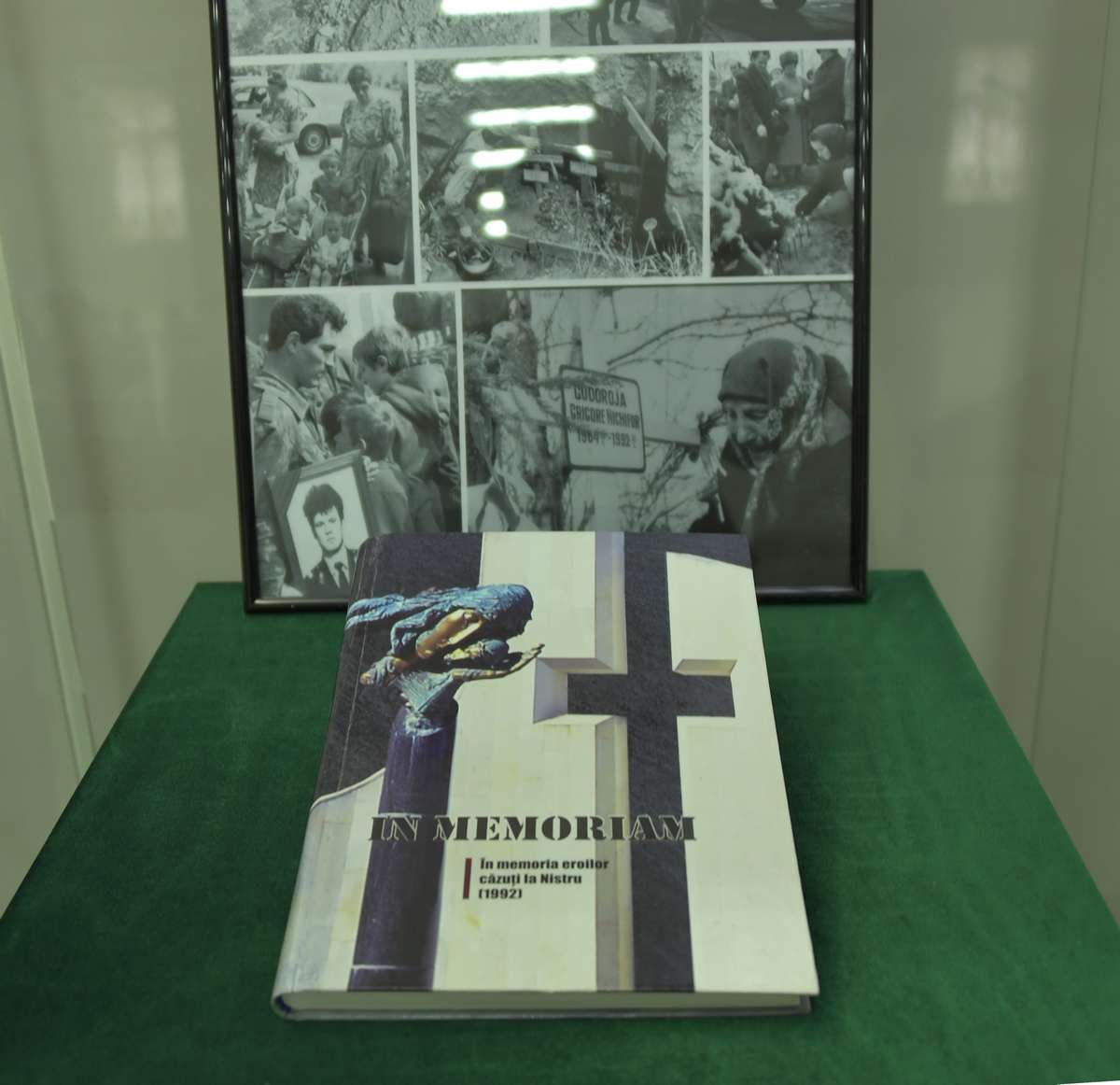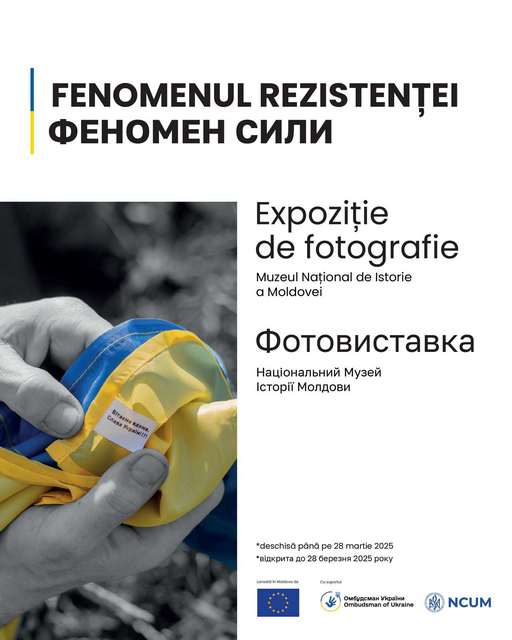  Events Archive Events Archive
Launch of the "PAIN IN REFUGEES" exhibition
February 24, 2023
On February 24, in the premises of the National Museum of History of Moldova, the exhibition "PAIN IN REFUGEES" was launched.
The exhibition was organized by the team of the Society for the Study and Combat of Pain from the Republic of Moldova, and aimed to sensitize the population and outline the fact that pain affects every aspect of human life. The results of the study conducted on the basis of 264 respondents, suffering from acute and chronic pain but also from the psychological impact of war attributes, were presented. The idea of the biological association of colors with pain was projected onto a white canvas; visitors were invited to paint in the colors with which they associate pain. Burmistr Iana, the president of the Society for the Study and Combat of Pain: "Together with Mr. Professor Dmytro Dmitriyev from Vinnytsia, the president of the Ukrainian Society of Regional Anesthesia and Pain Therapy, we cordially greet you and are grateful to you for agreeing to be present at this event, generated, unfortunately, by sad reasons. Exactly one year ago, the Russian Federation attacked Ukraine unawares, in its desire to seize territory, exterminate the Ukrainian people and suppress freedoms, rights, democracy and the desire to have a decent living, together with the other peoples of the United Europe". In this context, the participants held a minute of silence for the Heroes of Ukraine and for those who were deprived of the joy of life by the invaders. Olesea Şevcenco, wife of E.S. Marko Shevchenko, the Ambassador of Ukraine to the Republic of Moldova: "We are grateful to the citizens of the Republic of Moldova for helping Ukraine beyond words in these difficult moments. Please do not tire of helping the Ukrainian people, because the war continues, and now more than ever we need support and shelter." During the event, Livia Sîrbu, deputy director of NMHM, Maura Reap - World Health Organization, Angela Capcelea - UNICEF, Katri Koch - Swiss Cooperation, project collaborators: Alexia Caisîn and Victor Ghereg took part in the event. At the end of the event, those present at the launch of the exhibition participated in the creation of a painting on this occasion. The obtained painting will be donated to the Embassy of Ukraine in Moldova, to immortalize this event. The exhibition "PAIN IN REFUGEES" can be seen between February 24 and March 12, 2023, on the fence of the National Museum of History of Moldova, 31 August 1989 str., 121A.
|

























































